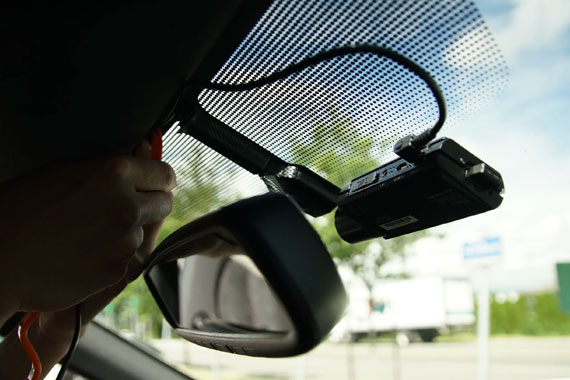YEAHUI ELECTRONIC LIMITED Yeahui Cable, connector to the world!
Home / blog
The introduction of the OBD cable is great news for customers who are looking for a simpler alternative to the traditional hardwire method. Instead of attaching 3 wires to the vehicle’s fusebox, an OBD cable only needs to connect to the vehicle’s OBD port. Once this is done, your dash cam will be able to receive parking-mode recording (dependent on the dash cam in use) just as if you were to hardwire to the fusebox. Not only is OBD found in all vehicles manufactured from the late ‘90s, but OBD is also a universal plug-and-play fit and is physically located more conveniently than the vehicle’s fusebox. You only need to have the obd cable to dash cam.

Step 1: Find Your OBD Port
The OBD port in a vehicle is typically located to the left of the steering wheel and underneath the dashboard. It may also be under the steering wheel column. There may be a latch or cover that you need to remove/lift in order to access the port. Once opened, the OBD cable simply needs to be plugged into the OBD port, which should be a universal fit.
Step 2: Test Your Dash Cam
From here, plug your dash cam in, turn on your vehicle's ignition and power on your dash cam to see if it works properly. And if it does, then success! You have successfully installed your dash cam.
Now it’s just a matter of tucking the wires into any panels and gaps, up the A-pillar and through the headlining of the vehicle and into the dash cam.
Connect your OBD cable into your dash cam and you're ready to go!



